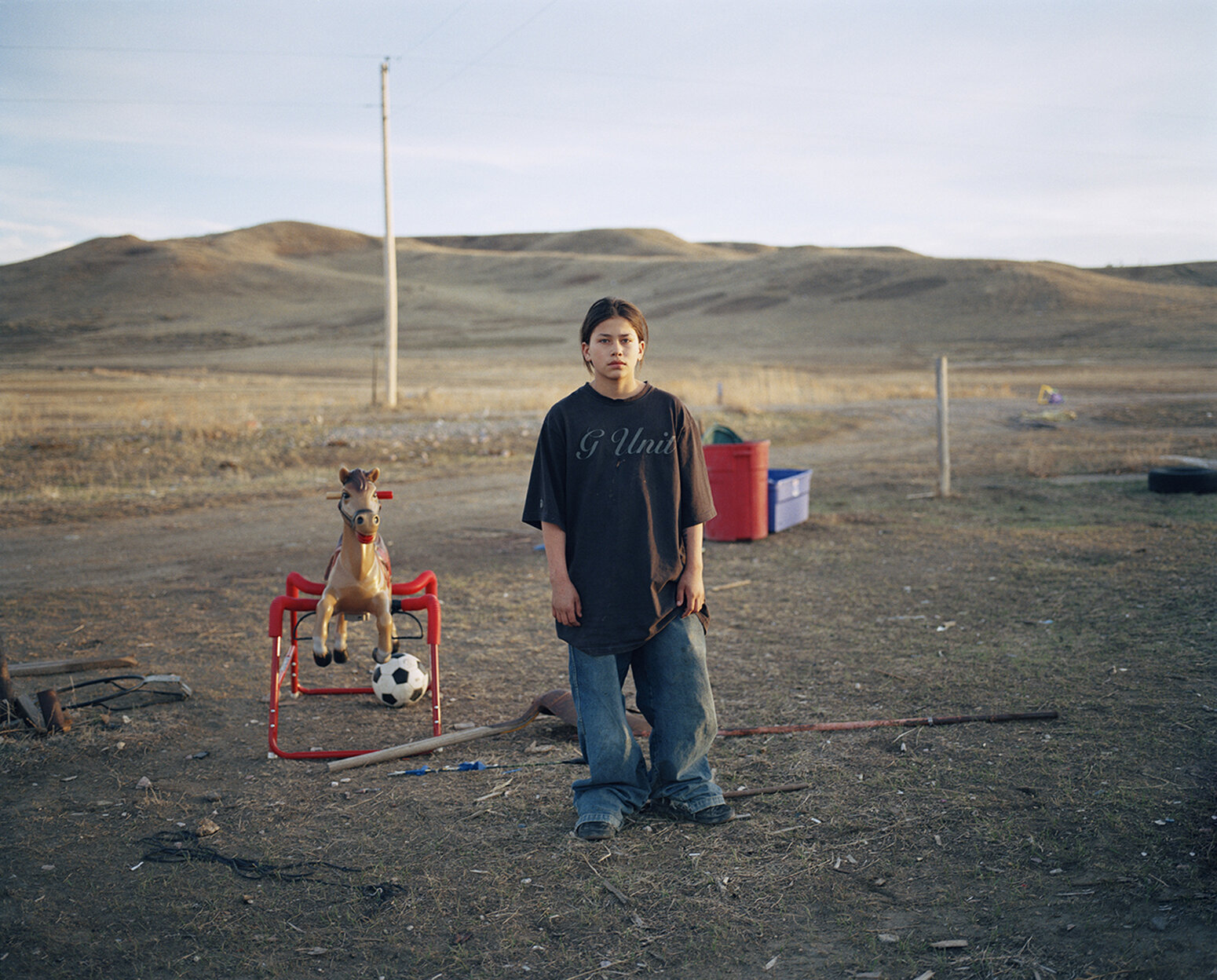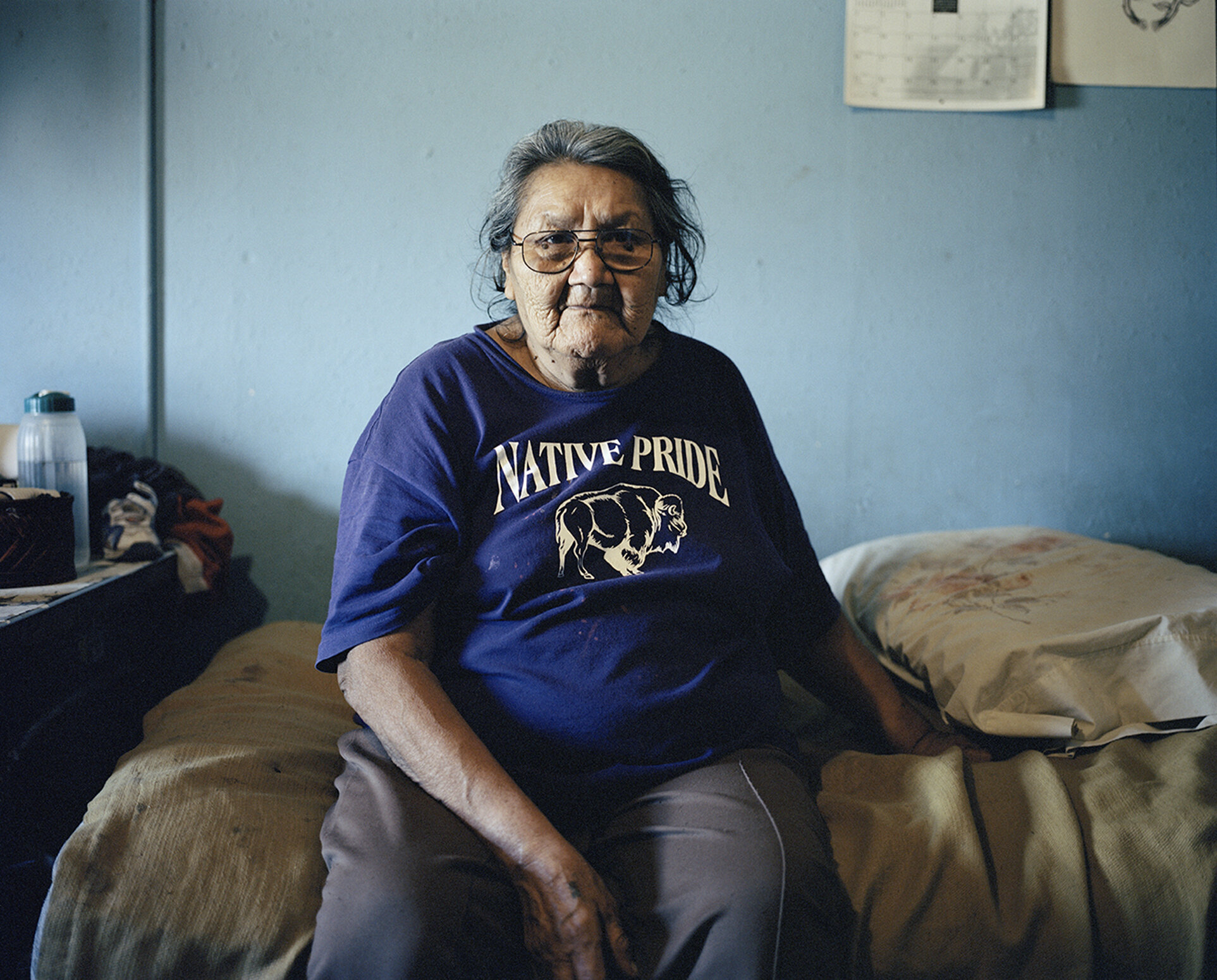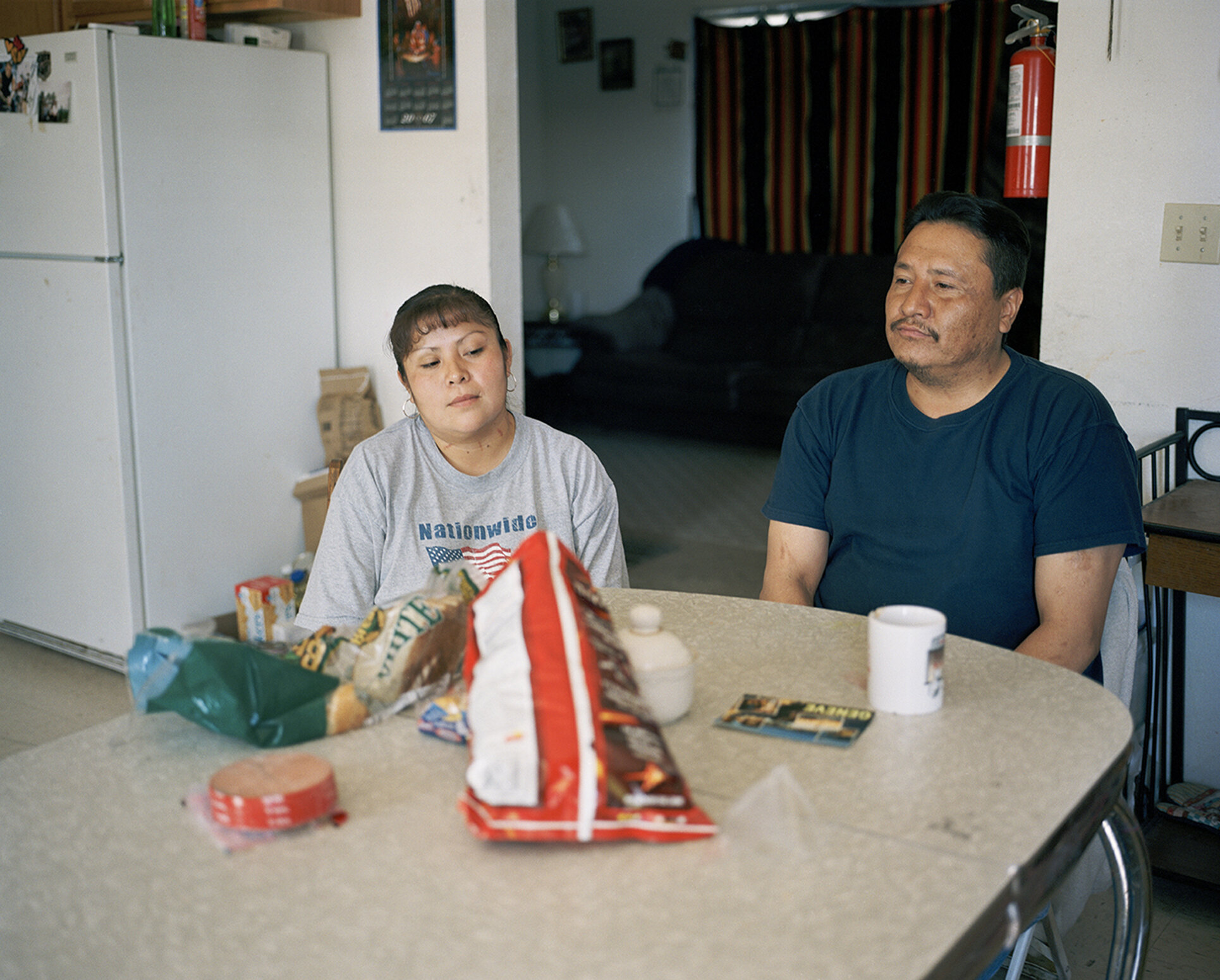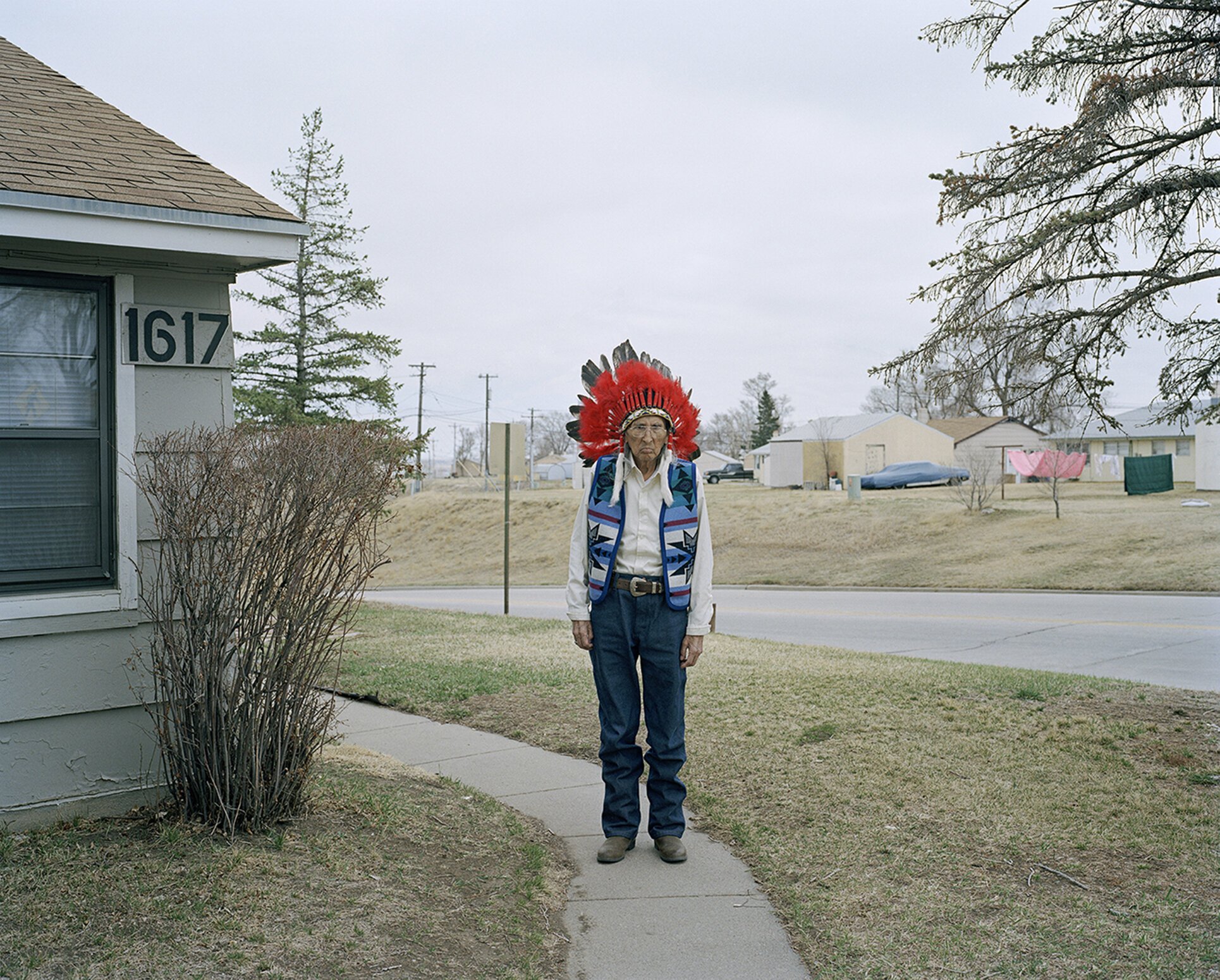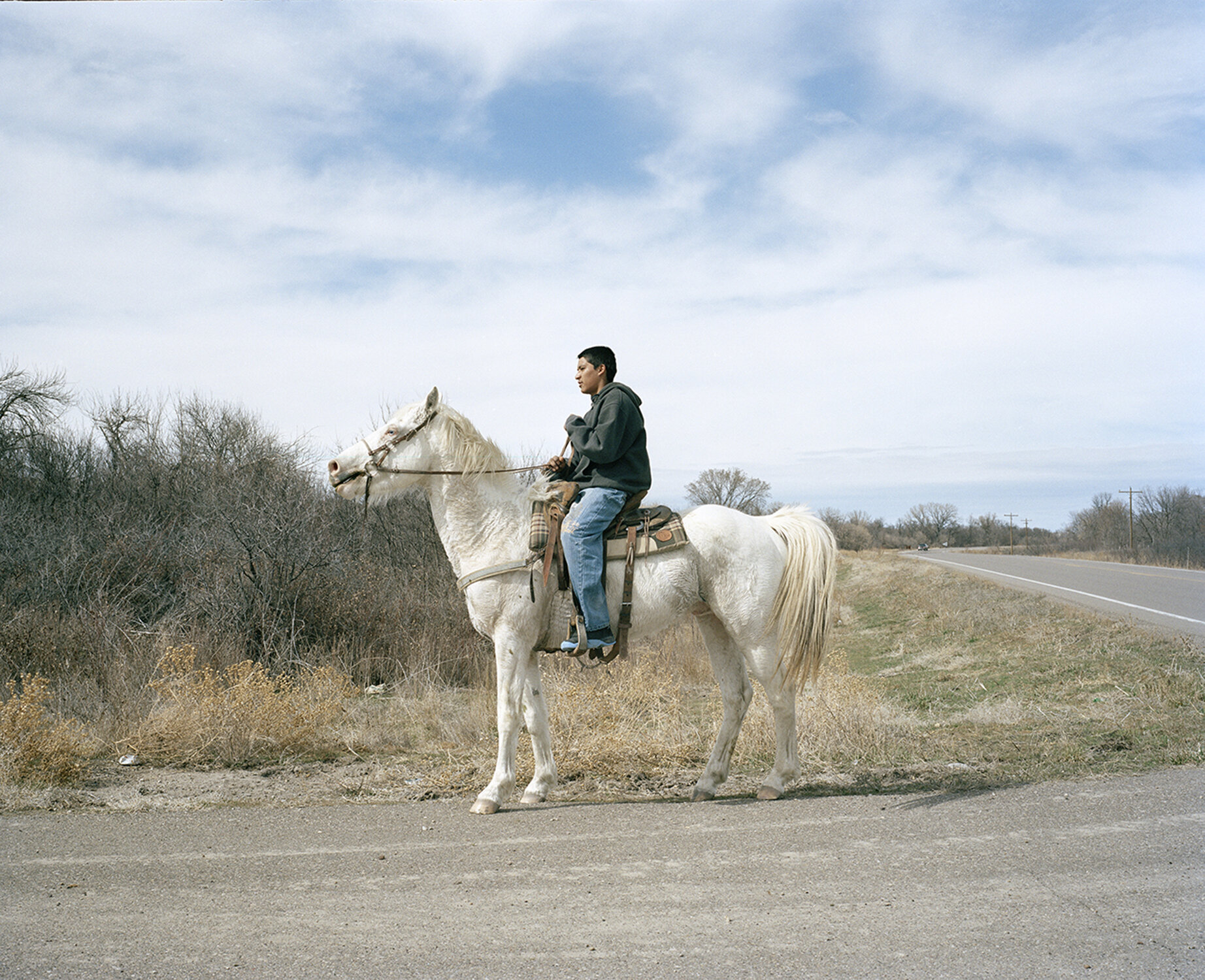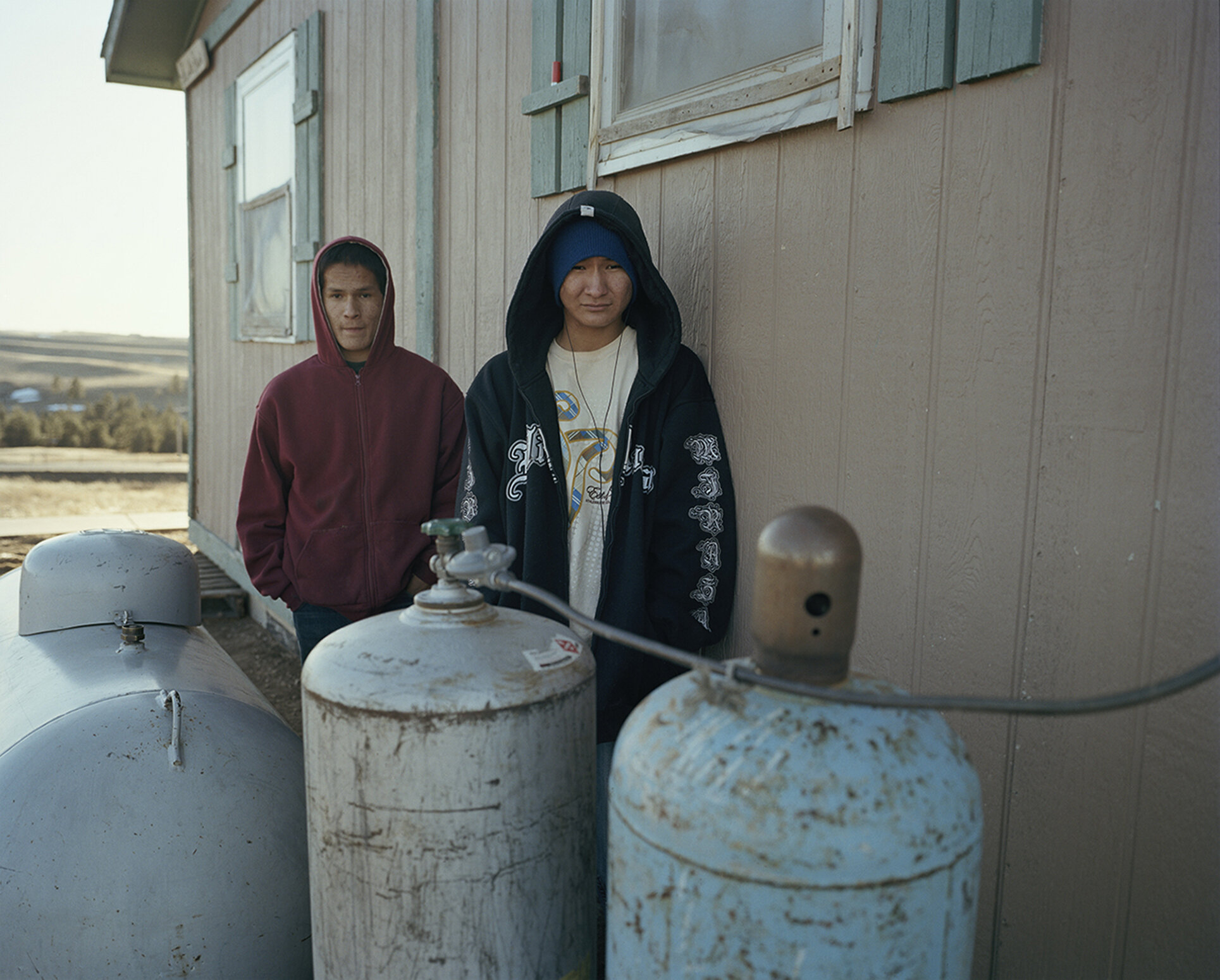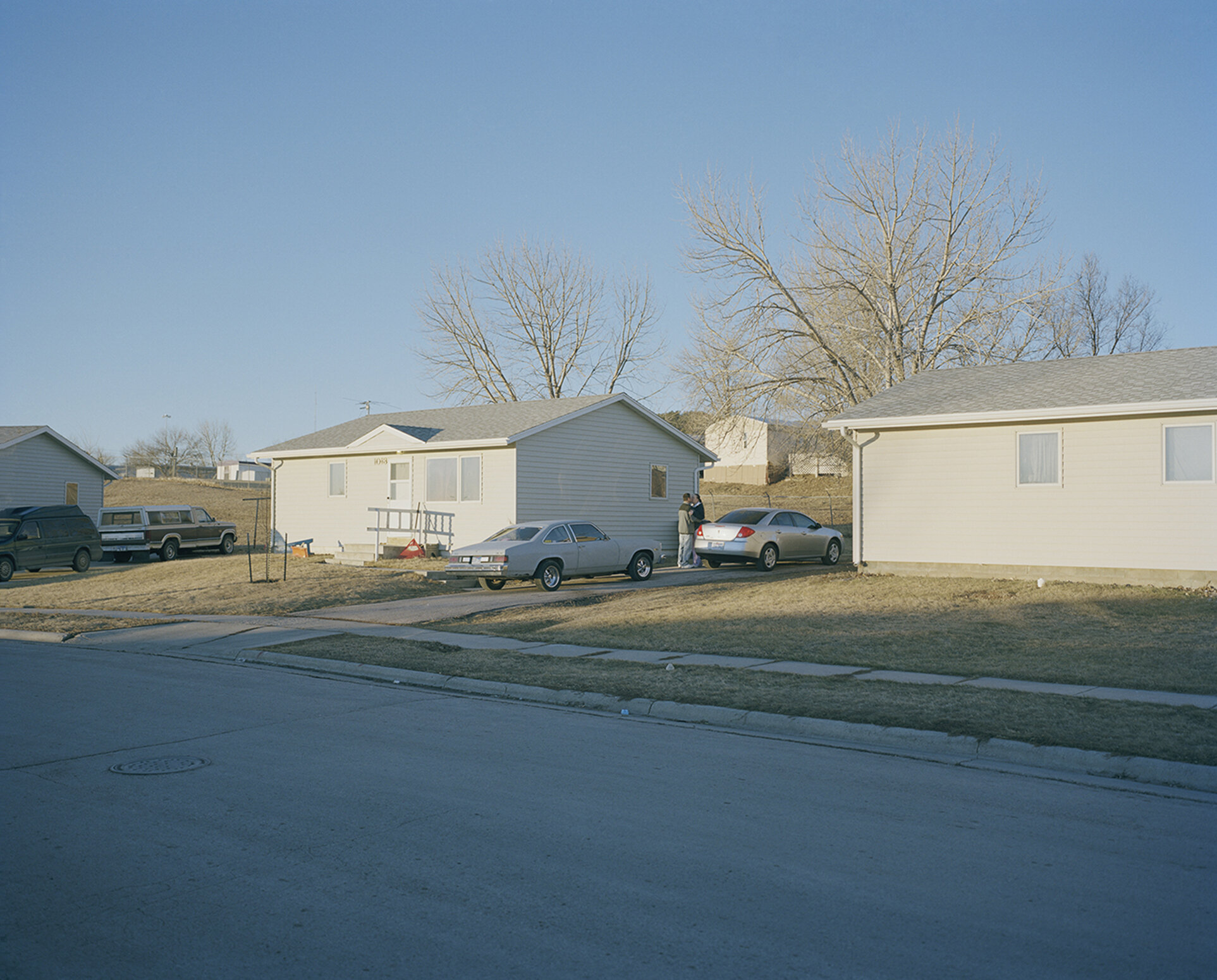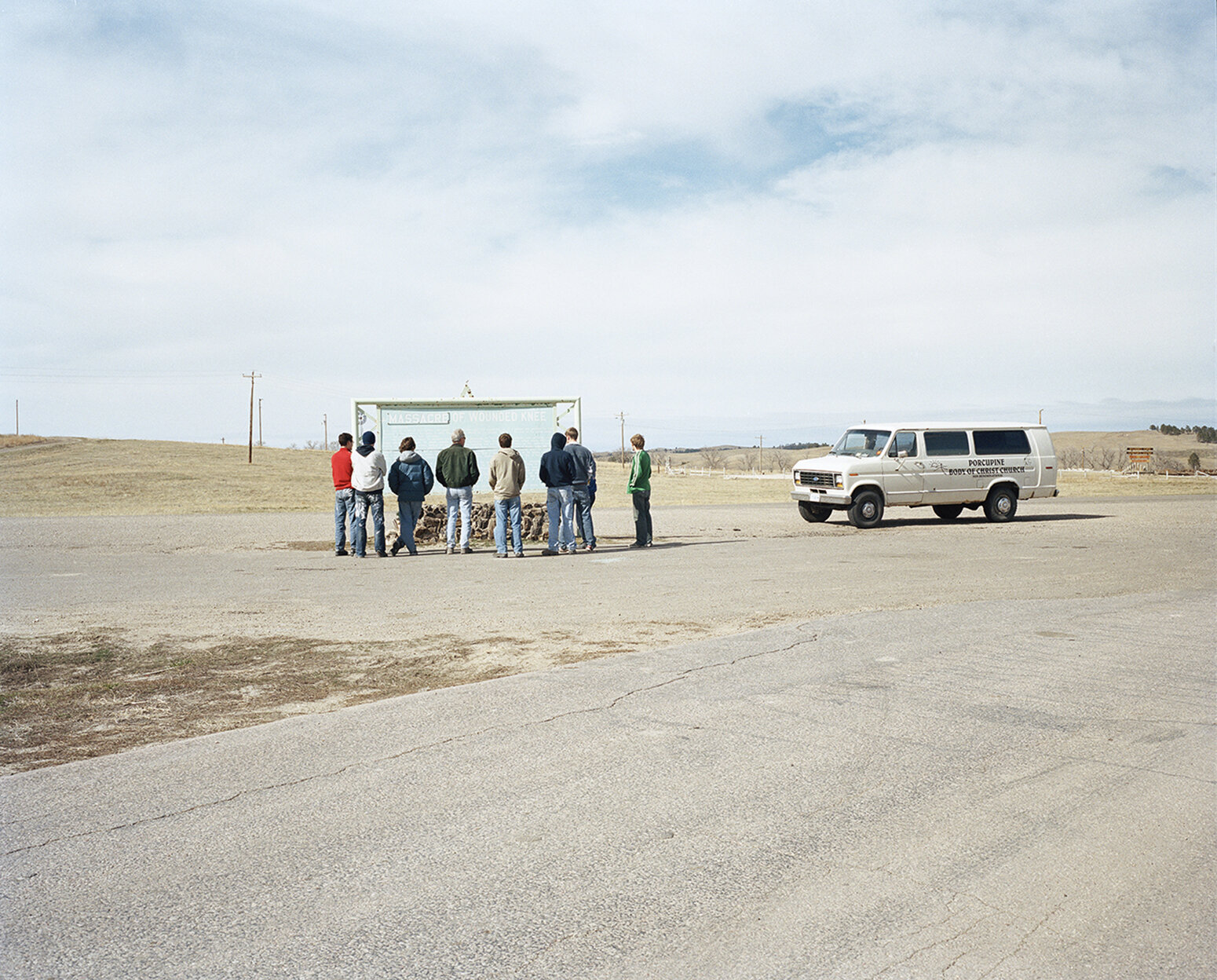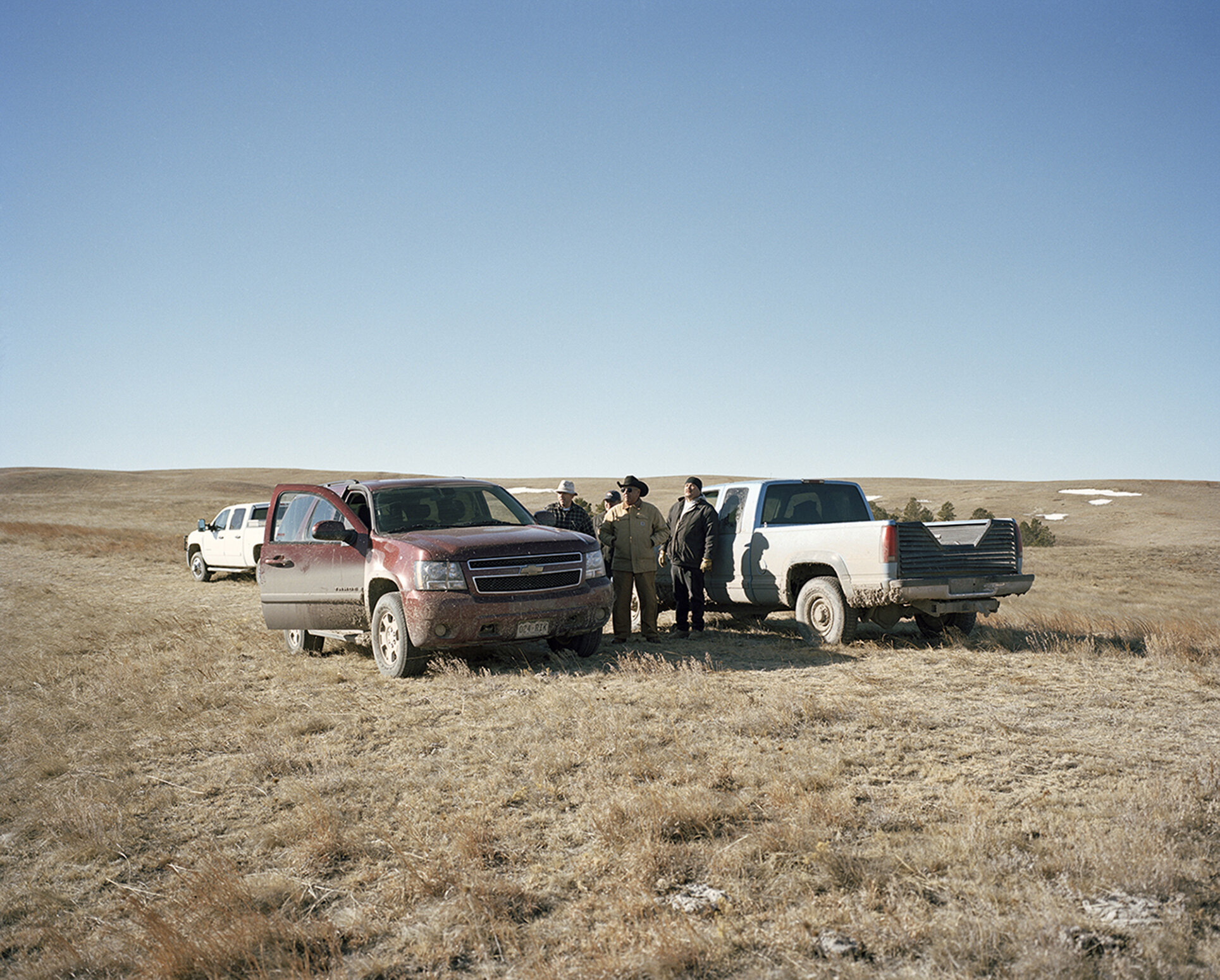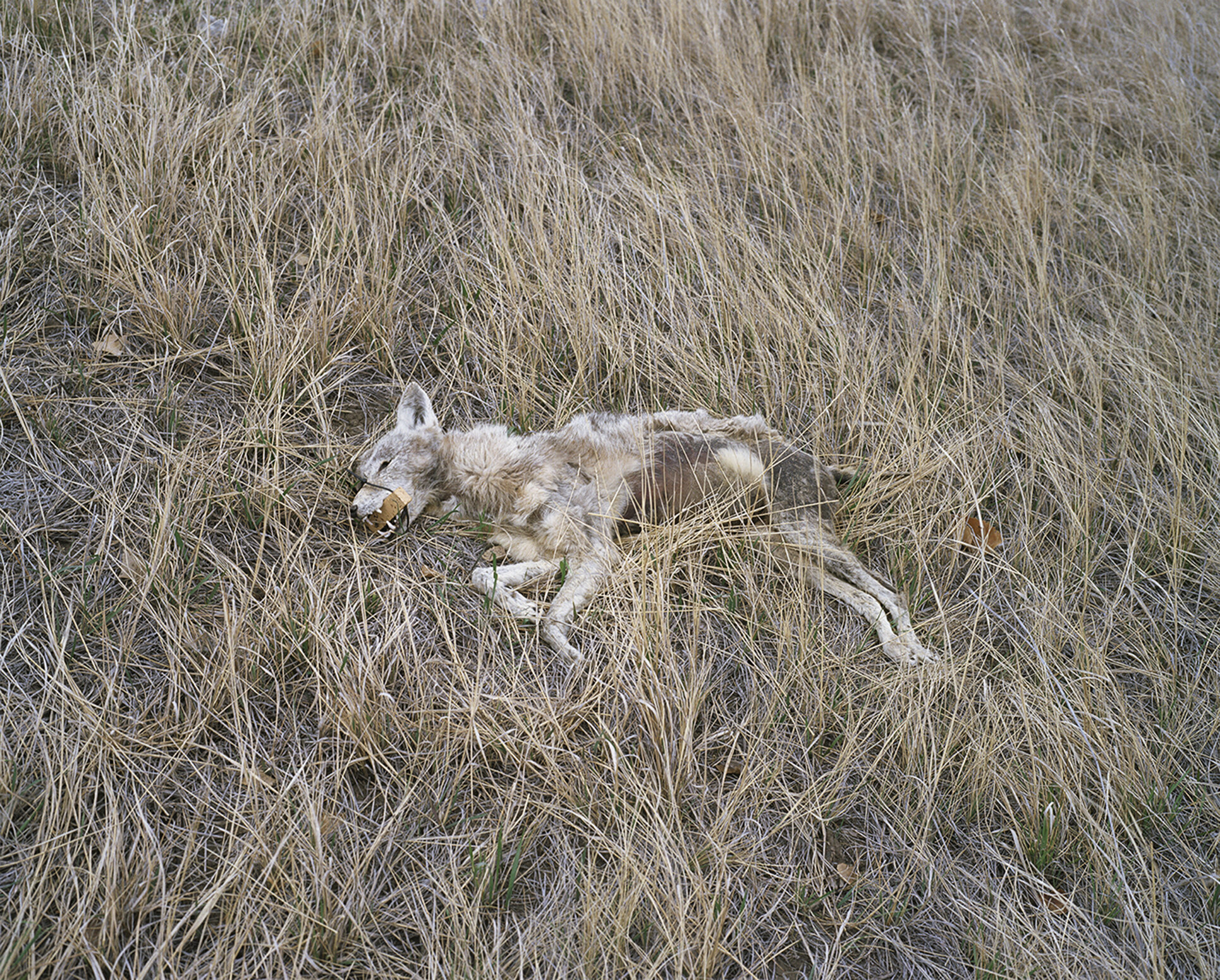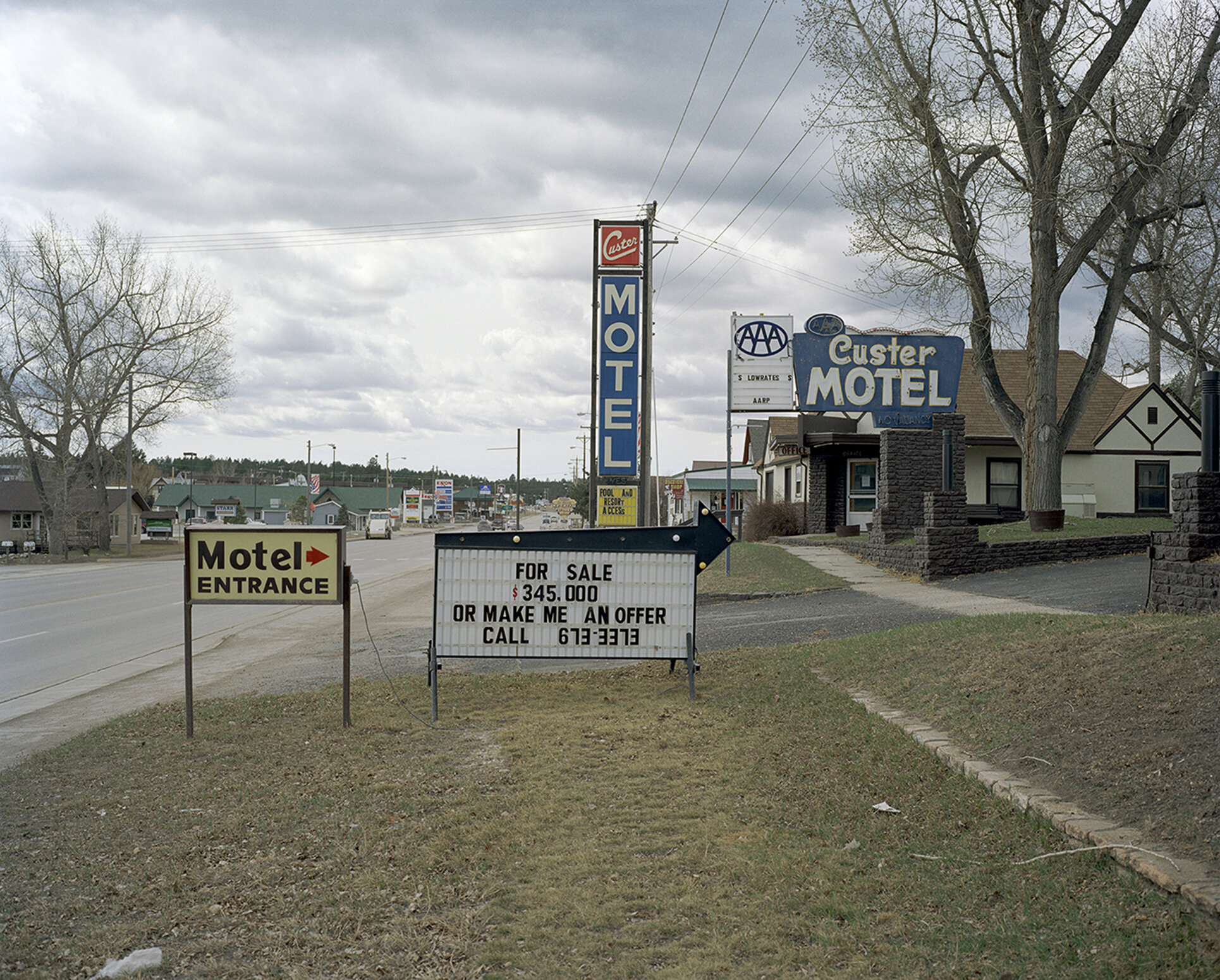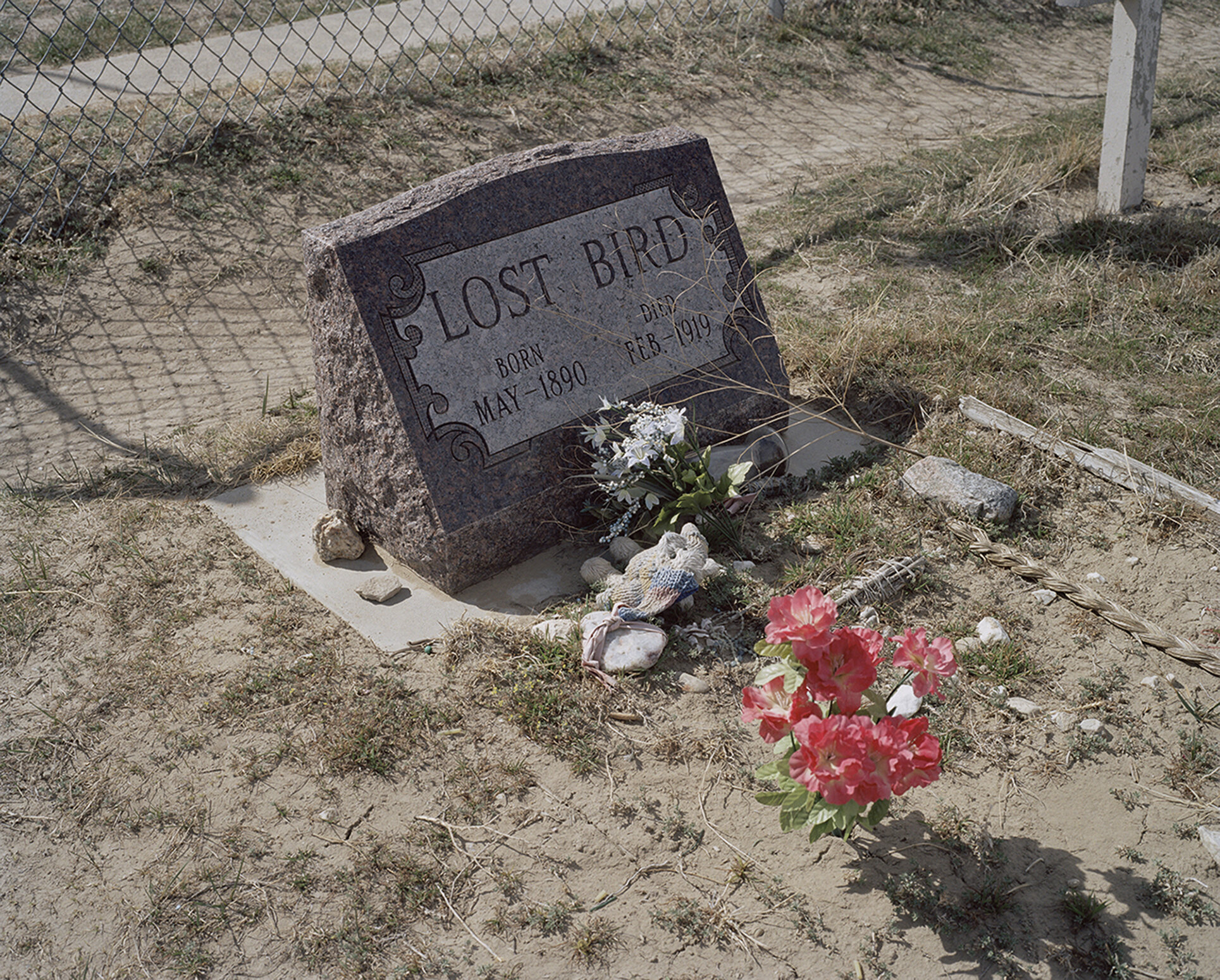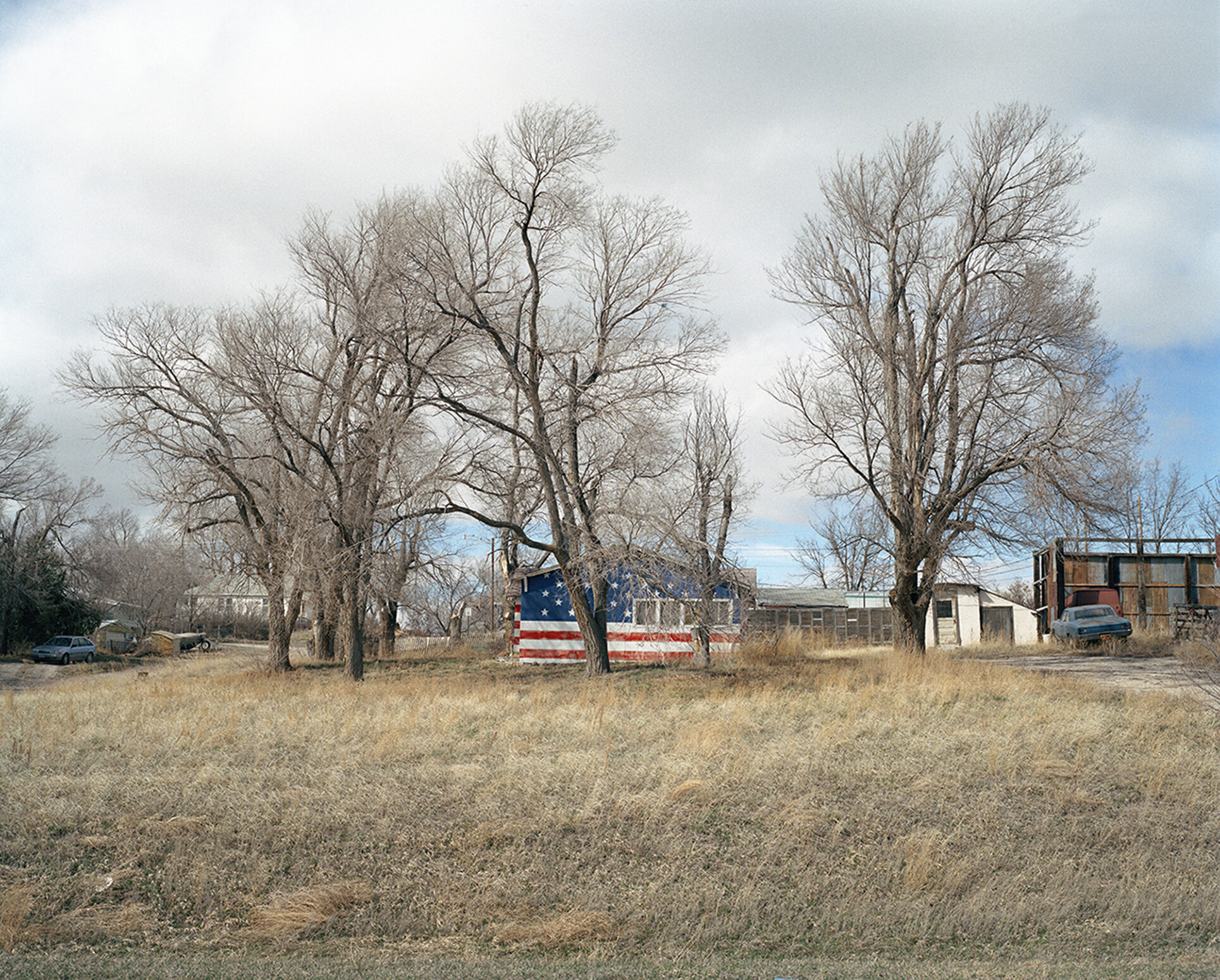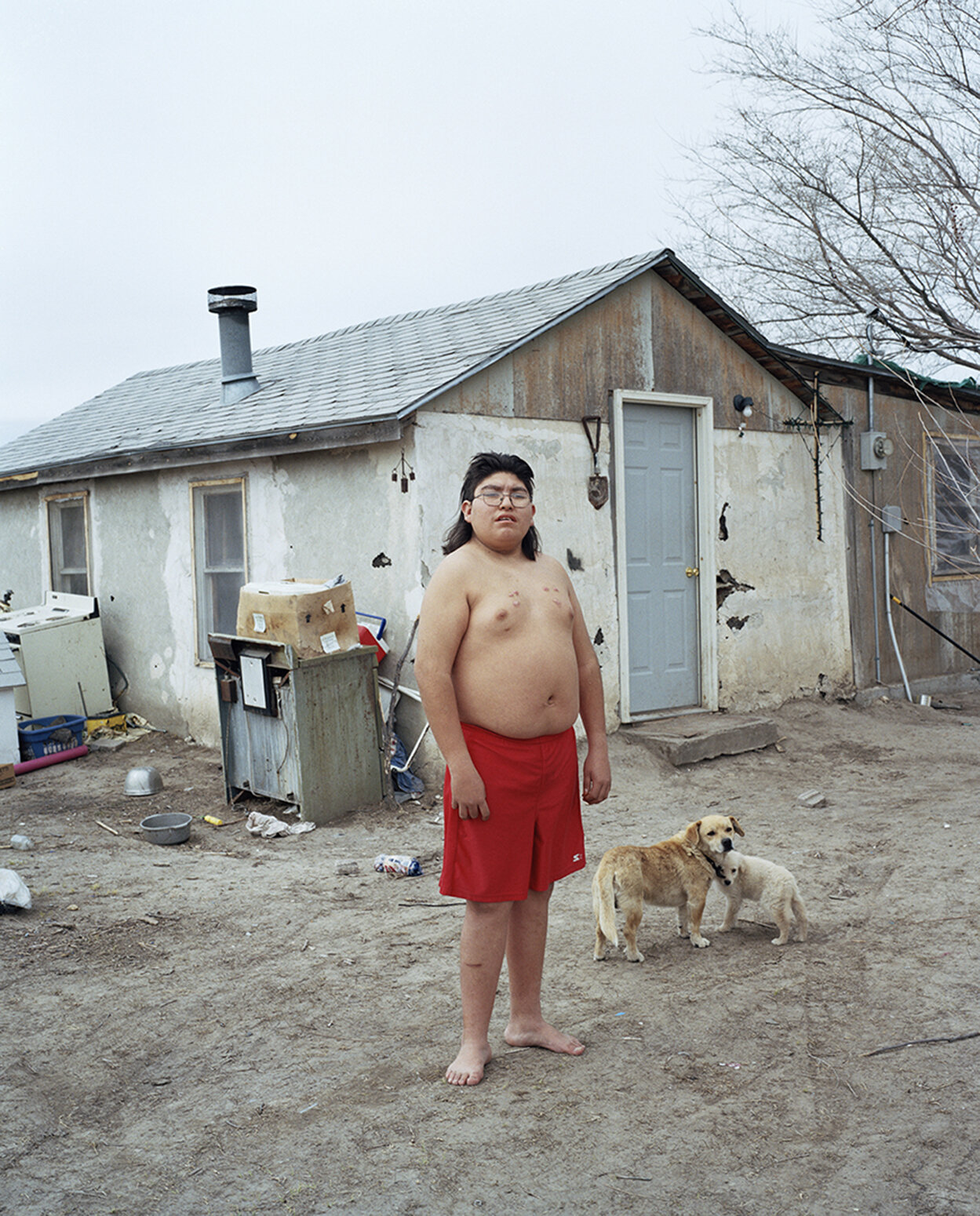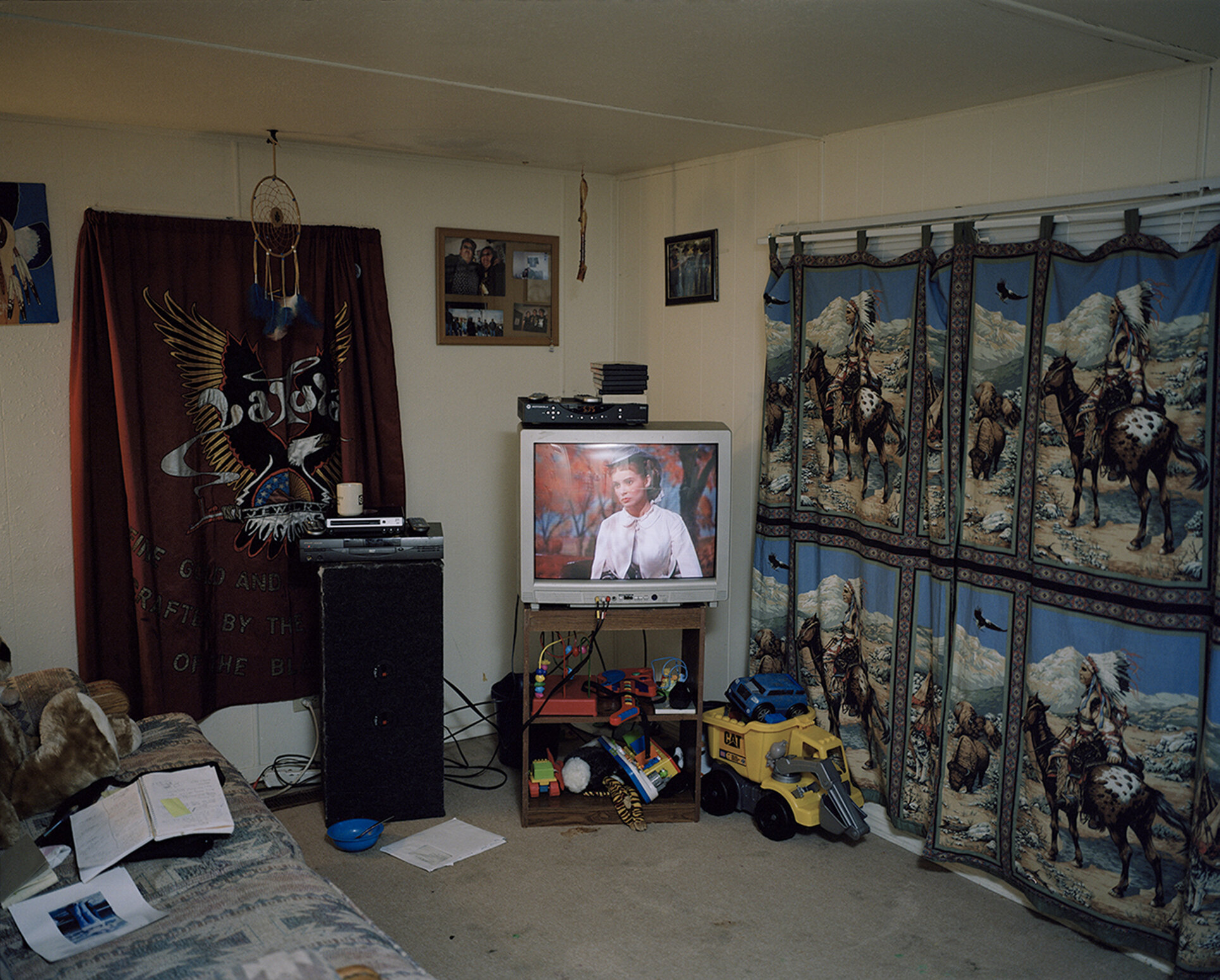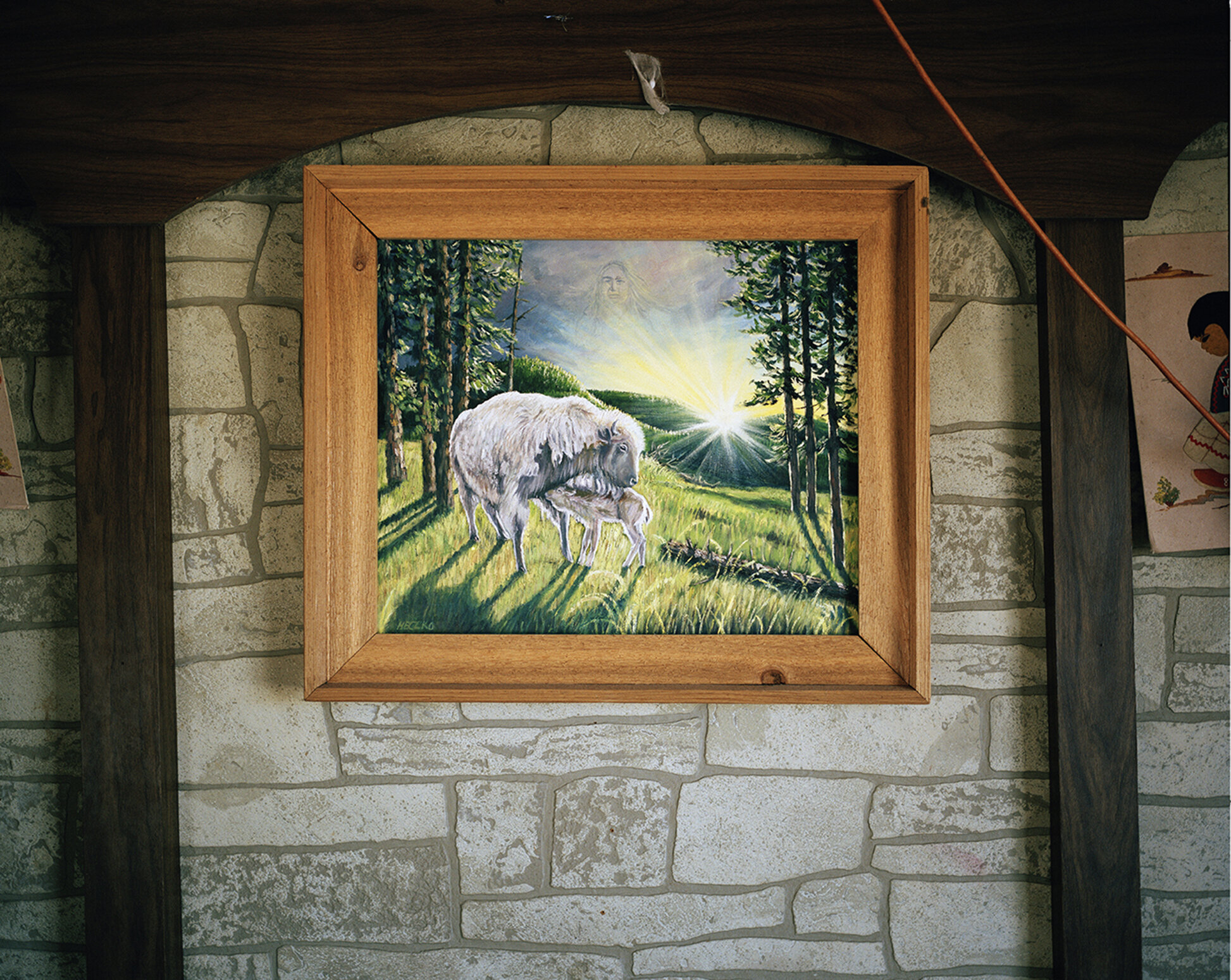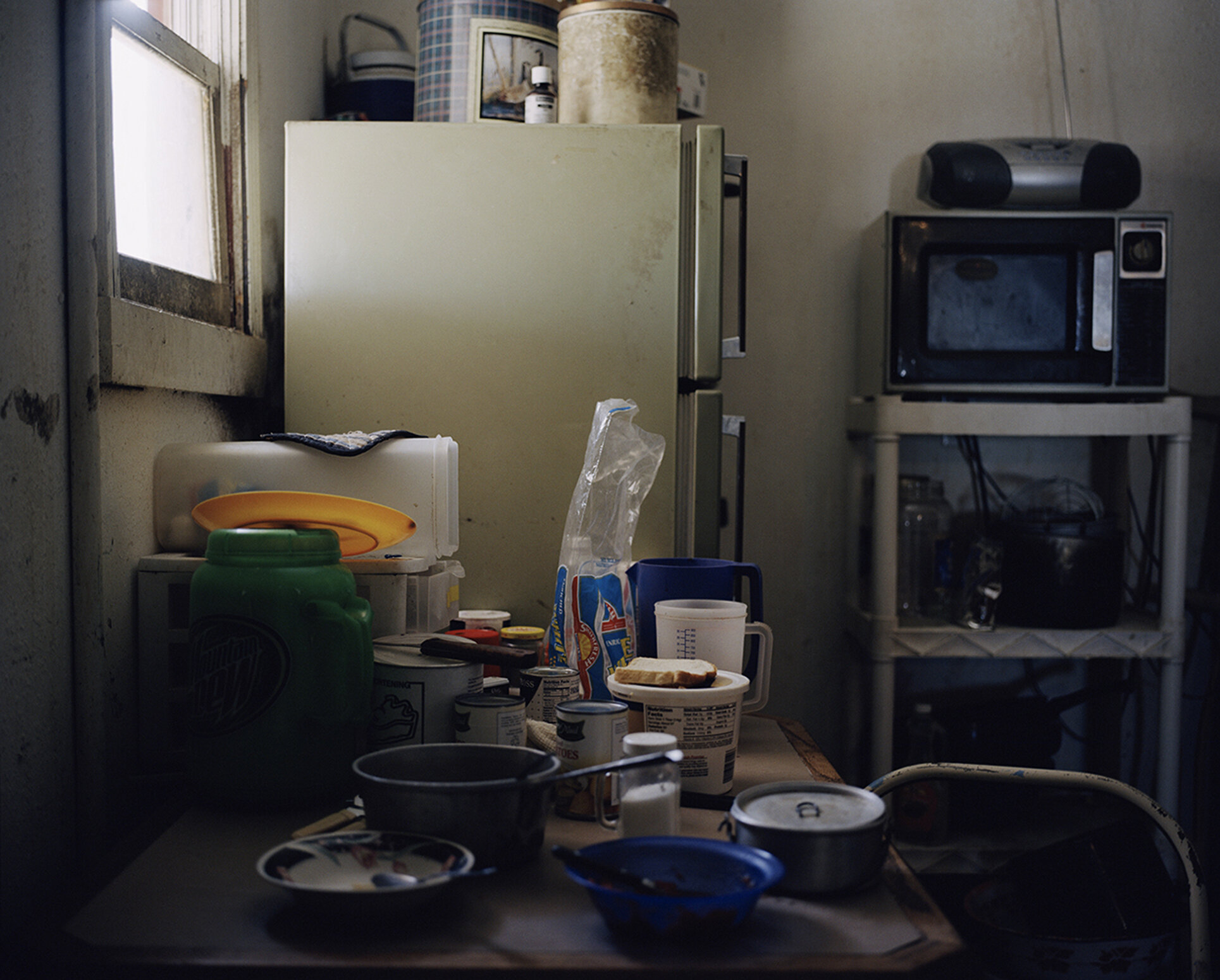Kalpesh Lathigra
Can you introduce us to ‘Lost In The Wilderness’ and how you began your project at Pine Ridge reservation. In my research I’ve found you’ve spoken about the slow burn of consciousness, how did playing the Indian role as a child translate into your thought process when approaching this project?
The project Lost in the Wilderness came from really two avenues, I had been a photojournalist for sometime , whilst I was working on a previous project Brides of Krishna / Vidva which was in Vrindavan, India photographing the large community of widows that live there. During this time I started to question the process of how I was making photographs and the narratives of photographs especially the linear against the non linear. I continued to make photo essays for magazines and NGO’s especially in countries in Africa and Asia.
I was questioning my work - by chance I went to see Alec Soth’s Sleeping by the Mississippi at the Open Eye Gallery in Liverpool, UK. It was a revelation - I hadn’t been exposed to this type of photographs , they made me want to see more and that led to the exploration of the American Colour Photographic traditions. At the same time a friend Mark Hewko gave me the book “Bury My Heart at Wounded Knee” by Dee Brown which had a profound effect on me and led me to read more on the history of Native Americans , contemporary writers such as Sherman Alexie.
This led me to Pine Ridge Reservation in South Dakota where the Oglala Lakota Sioux people live. I have to say the first trip the photographs I made were failures and what it required was much more research and time. When we speak of “slow burn of consciousness” here for me it was about understanding my history as a person of colour , the effects of colonialism around the world and my lack of knowledge - My education in terms of civil and human rights was very much based on the struggle of African - Americans , the books I had read were The Auto Biography of Malcolm X, Soul on Ice - Eleridge Cleaver , Notes of a Native Son - James Baldwin - this education was not via the high school curriculum but because of my friends.
In the journey ahead I looked backed at the ideas formed as a child - I was always the “Indian” in the game Cowboys and Indians - What does that denote ..? In the history of cinema the Cowboy was the hero against the “heathen savage “ - the ideas of Manifest Destiny perpetuated across the United States - it was an awakening in many ways about how some saw me , how the some treated me , on one level I was a person of colour that had a British accent that cut me a lot of slack on the highways and small towns in the USA, on Pine Ridge I felt the weight of what we as people of colour carry, what colonialism has done - that slow burn of consciousness that I still carry because in one way or another its there.
What research did you do for your project? How did understanding a location’s story influence the images you made?
The research for the project originally started from the book Bury My Heart at Wounded Knee by Dee Brown. It led me to read about The Wounded Knee Massacre from various sources ie Black Elk Speaks, Library of Congress, On the Rez - Ian Frazier, Dangerous Nation - Robert Kagan , Lost Bird of Wounded Knee - Renee Sansom Flood. But more than this I listened to the stories passed down the generations on Pine Ridge. In terms of the actual photographs what I decided to focus on was the idea of landscapes that had a historical or contemporary context - for example Fort Robinson - the actual photograph is of a house with the Stars and Stripes painted across its full facade it is within walking distance of Fort Robinson where Crazy Horse was killed and also where the first African American Cavalry Regiment was based - the house speaks of Manifest Destiny - the flag firmly placed into the ground - a symbolic act. The opposite in terms of the portrait of Vincent Brings Plenty - it is the only photograph where the sitter is wearing a War Bonnet - This of course a cliche and it holds its visual plays well - but the reasoning is more complex - I want the viewer to understand the cliches we are taught. The location of the town of Custer was important - the “legend of the blue eyed blond general” is paramount in the West - How do I dispel this was the question ..? The Custer Motel for Sale ….. or the photograph titled Marion - of the wall of John Wayne pics - that is for the viewer to think why the title Marion not John Wayne.
Finally the comparison of the site of Wounded Knee and Battle of Little Big Horn - I think its plain to see the difference
How did shooting with a Mamiya 7II help you slow and process what you were trying to say with your images? How did working on this project for 5 years expand what you were trying to articulate? In what ways is it important to devote an extended amount of time to a project? What did slowing down teach you?
Shooting initially with a digital camera I understood two things , firstly the opportunity to overshoot and secondly how ones vision is distorted psychologically - you stop imagining in your mind. I switched to film and the Mamiya 7ii for that reason - only 10 photographs to make - each one has to count , you are more patient, sometime you cannot take a photograph because the conditions are not right. The project took 5 years partly because of the way I was funding my trips , I had a young family and only had a certain amount of money to put into personal work, but it was a blessing because it meant I had time to see where I was failing and to go back and make new photographs to articulate the work. It allowed me time to continually research and also speak and show my work to people I trusted. I think most importantly I built some friendships on Pine Ridge as I was always going back. Slowing down taught me to be at peace with myself - you will fail and fail again until a moment when you don’t.
Can you talk about your use of highlighting color? In what ways did this project help you see poetry?
My use of colour really goes back to sitting in the Tate Modern in London staring at the Seagram Murals by Mark Rothko - The emotive power of the colour - I would sit over numerous visits willing for some higher power to give me that - you have to understand that at that point black and white had been my medium of choice. It really is after seeing the American Colour photographers such as Shore, Egglestone, Epstein , Sternfeld, Christenberry and Soth that something triggered. There is a true melancholy that colour can bring - I am talking more subjectively here - that I carry that translates in my work. I have learned to accept and embrace that. I have always read poetry , I even wrote some terrible poetry when I was younger - I don’t know if it helped me see poetry but certainly I think poetry influences my narrative process.
What conversation did you have with yourself about voyeurism? What goes into knowing what feels right to capture? How did you select your final edit for this series to portray what felt dignified and respectful to the story you wanted to share?
Voyeurism
I think its a complex conversation - What I can say is that early in my career it was very much the normal modus operandi of the photojournalist including myself - there is ego - there is a belief of making work for the greater good - mostly its not listening and respect.
The complexity for me is that my lineage is Indian, African and British - my traditional education did not talk about colonialism , empire - it built and solidified the ideas of superiority and arrogance. Today I do think the conversation has changed - the simply fact we are here talking about it - I think the question is Why is the artist/photographer making the work..? My fear is that some make work because it fits the time and allows them to rise with the cloak of respect with a cheering crowd of Instagram where there really is no constructive critique or just ambiguous quotes. I don’t have the answer - Voyeurism in one form or other is going to exist - I think really the question is who celebrates and endorses it and in what context ..? I think we are too busy cheerleading and not enough time thinking.
What goes into knowing what feels right to photograph..?
Intuition - simple and basic - I am not talking about an awkward pose - I am talking about that inner voice of conscience - but human nature is such - Why are you making the work..? What are you leaving behind ..?
Final Edit
Slow burn - go back and forth - let it sit - brew - come back to it - read some poetry, listen to some music , read some more - talk to someone you trust implicitly - let them see - keep the faith - there is a great quote by Emmet Gowin from his final lecture to his Princeton class from the Gospel of St Thomas - “Know what is within your sight and what is hidden from you will be revealed.”
To keep up to date with Kalpesh’s latest work follow along here:
Website: http://www.kalpeshlathigra.com/
Instagram: https://www.instagram.com/kalpeshlathigra/

